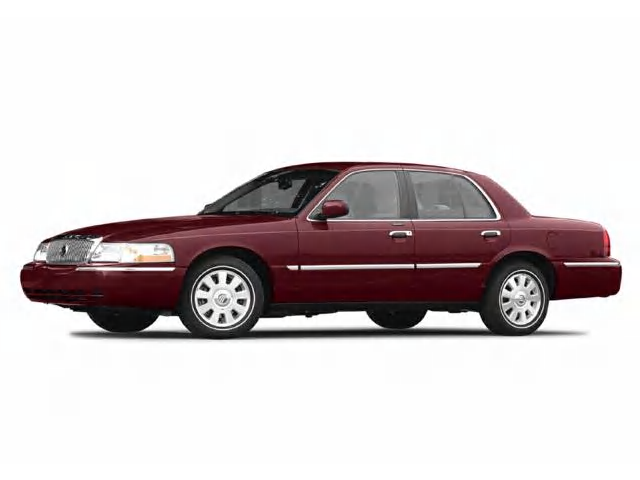We have the best products at the right price.
2000 mercury grand marquis o2 sensor location.
2000 mercury grand marquis 265 000 mi.
The powertrain control module or pcm reads this sensor.
Mercury 2000 grand marquis 4 6l v8 exhaust emission oxygen o2 sensor.
For 1997 mercury grand marquis 4 6l sfi 8cyl the oxygen sensor is located u nder vehicle passenger side below seating area mounted in exhaust pipe in rear of catalytic converter.
This sensor is designed to measure the position of the crankshaft in relation to the camshaft and engine block.
2000 mercury grand marquis 89 321 mi.
2000 mercury grand marquis check engine light on had checked at local oreileys didn t tell me what codes we re just that o2 sensors and banks 1 and 2 just passed inspection 2 days ago and had tune up so i m clueless.
Equip cars trucks suvs with 2000 mercury grand marquis oxygen sensor from autozone.
Running a high quality o2 sensor for mercury grand marquis from autozone ensures that your computer receives this information with the right amount of voltage.
Learn about this problem why it occurs and how to fix it.
Oxygen o2 sensor thread repair.
Where is the cam sensor located on a 1984 mercury grand marquis.
I plugged my car in at o reillys auto parts and it told me i need to replace o2 sensor.
Oxygen o2 sensor socket wrench.
84 does not use a cam sensor.
It does however use acrankshaft position sensor located in the lower front section of the engine.
No parts for vehicles in selected markets.
The crankshaft position sensor on a mercury grand marquis is located on the left side of the engine block approximately 6 inches above the oil pan.
Mercury grand marquis oxygen sensor may fail 27 reports.
Are they located under the car by the catalytic converter or somewhere on the exhaust manifold in t.
On top of low prices advance auto parts offers 4 different trusted brands of oxygen sensor products for the 2000 mercury grand marquis.
Jun 24 2011 1997 mercury grand marquis.
Where are the oxygen sensors located on a 1994 grand marquis.
It adjusts your air to fuel ratio based on current driving conditions thereby maintaining optimal fuel economy with a low level of emissions.

